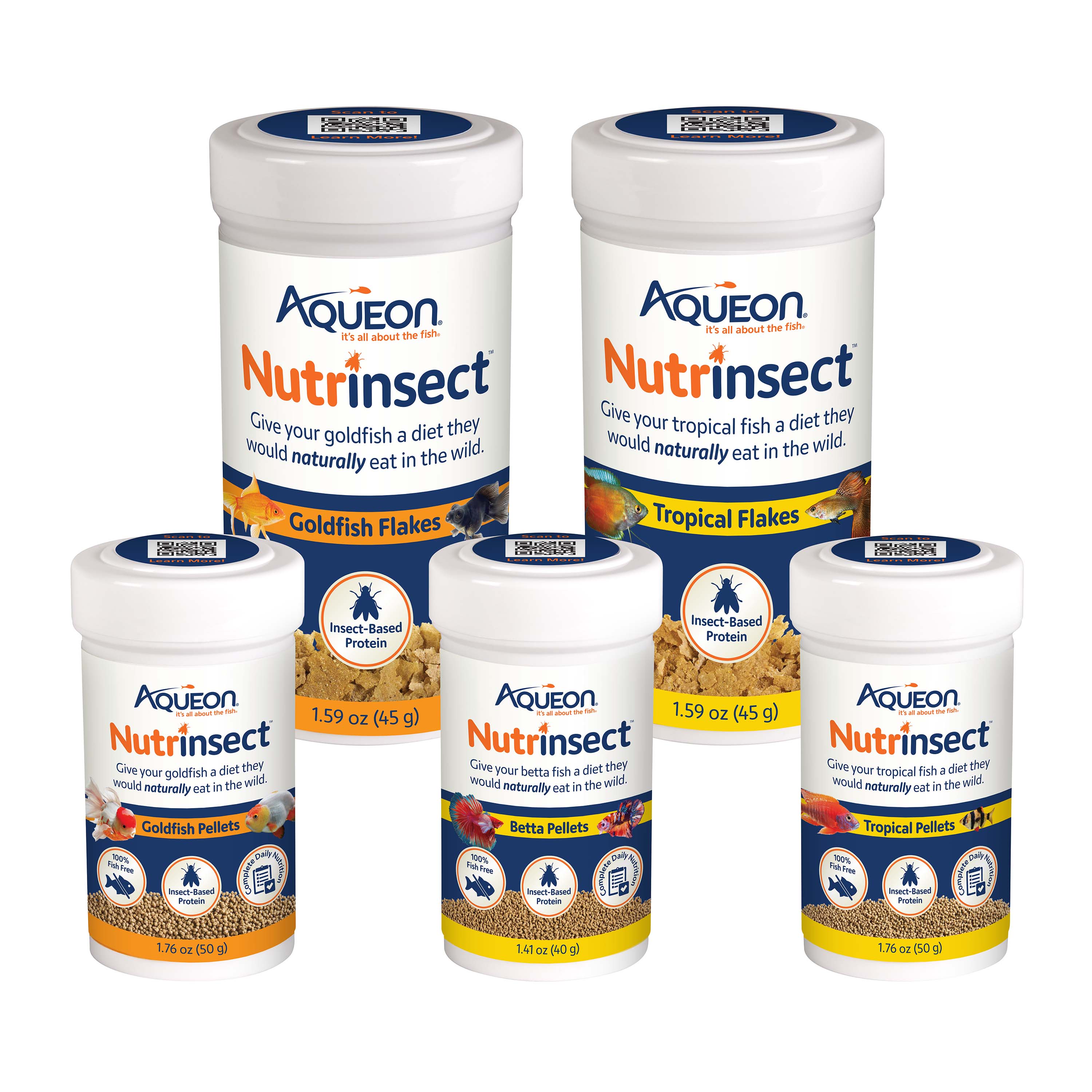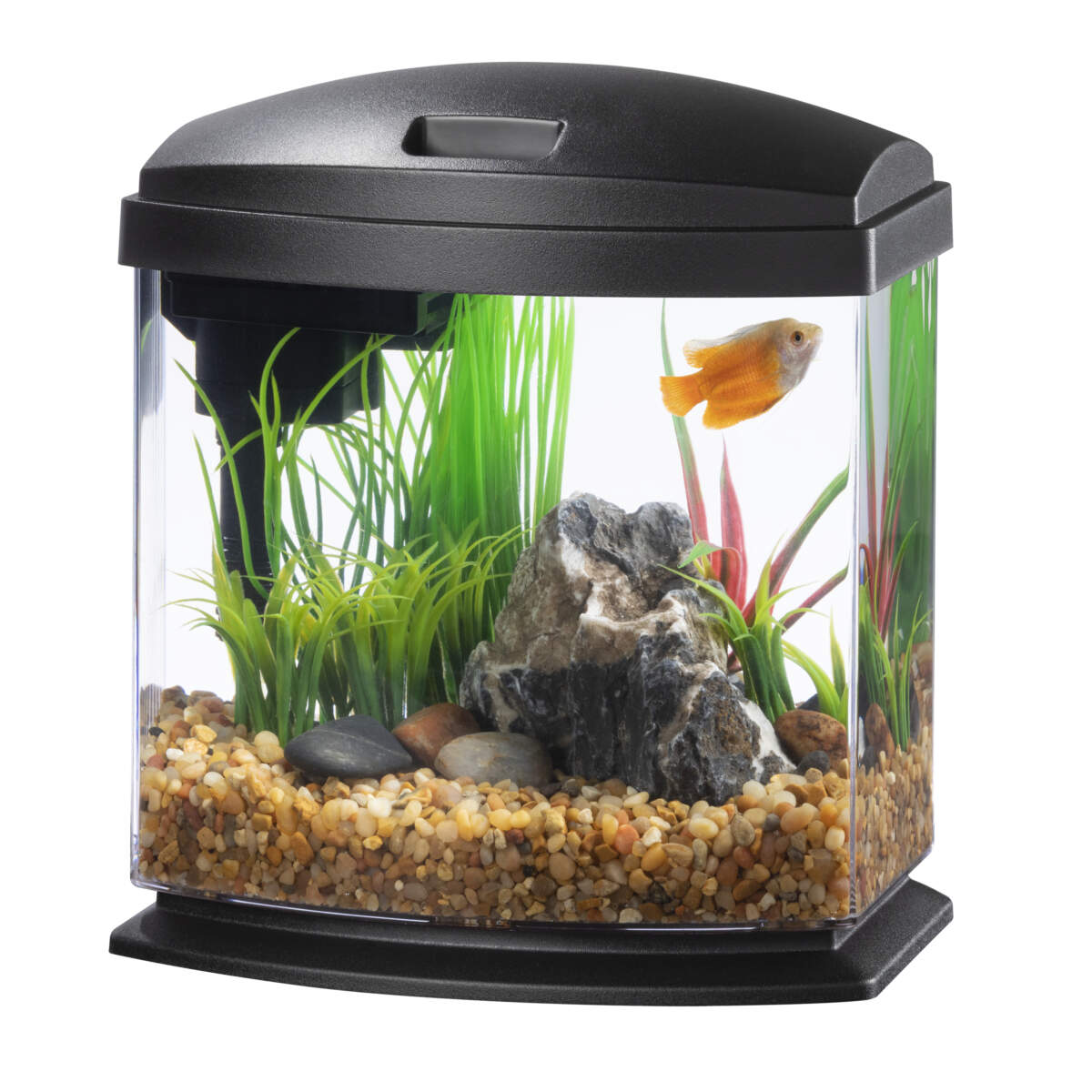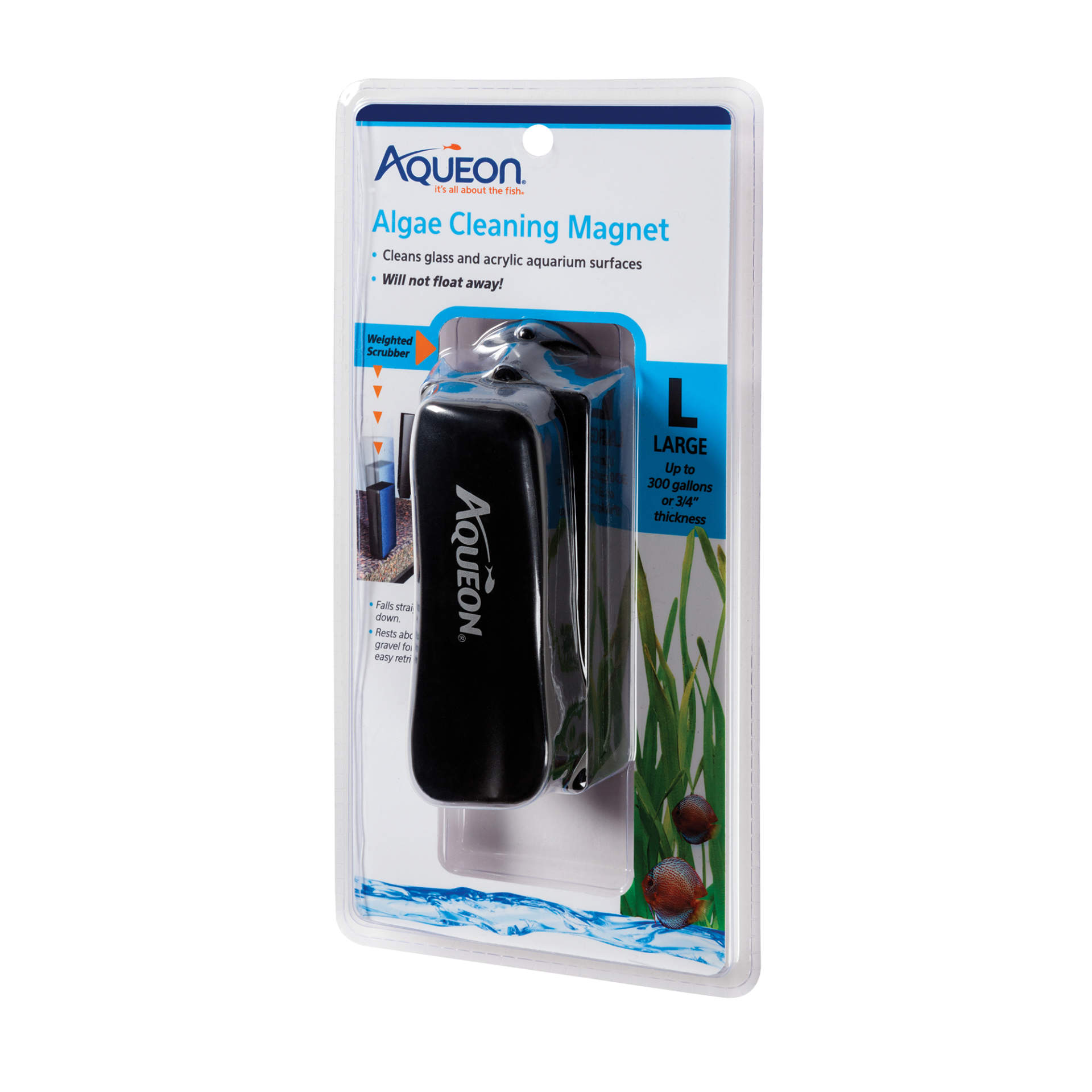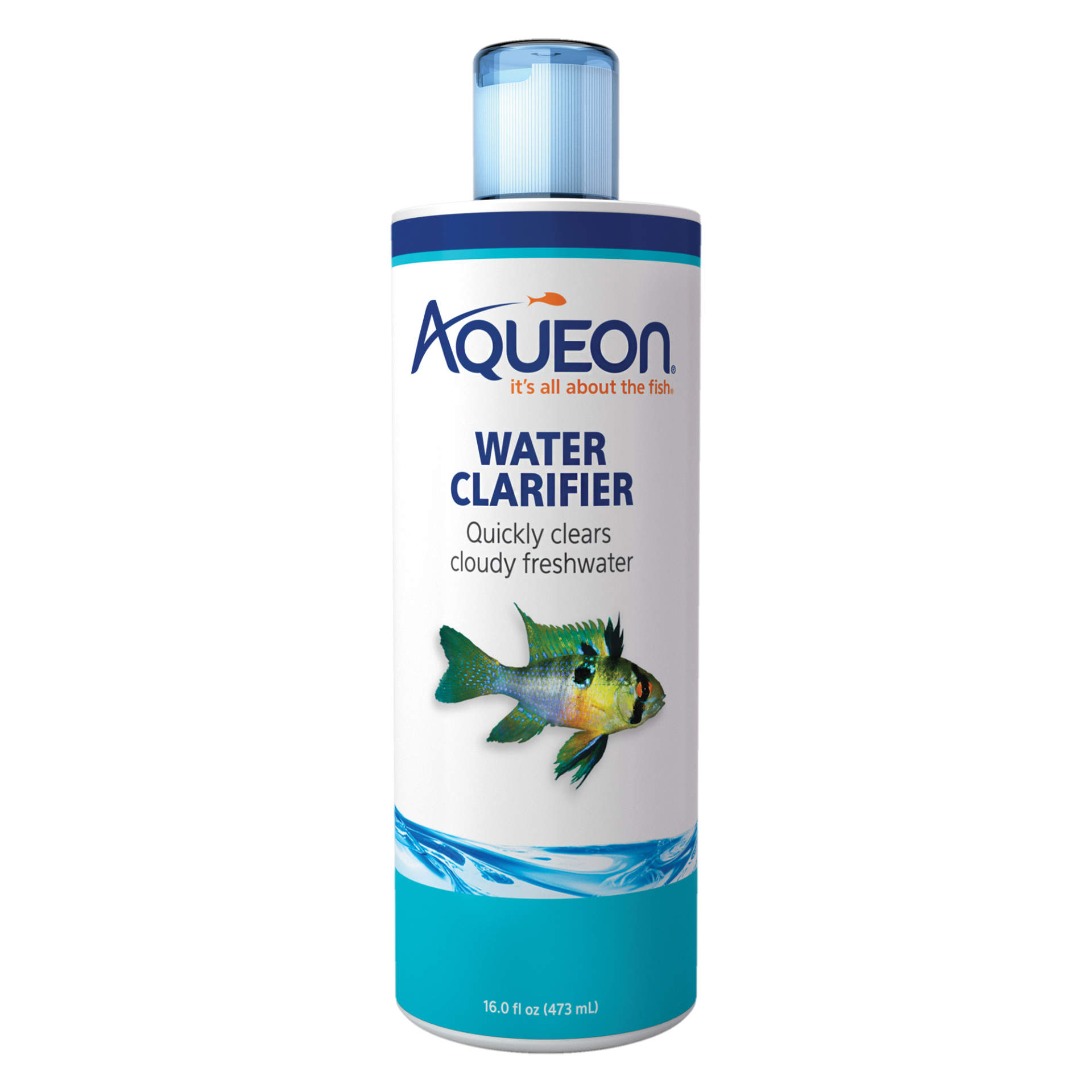Do fish need protein?
Do fish need protein? In short, the answer is yes. But the full answer is more complicated. Different species of fish crave different types of protein. If you're raising aquarium fish, you need to know which protein your fish prefer so you can make sure they get the right food to live happy, healthy lives.
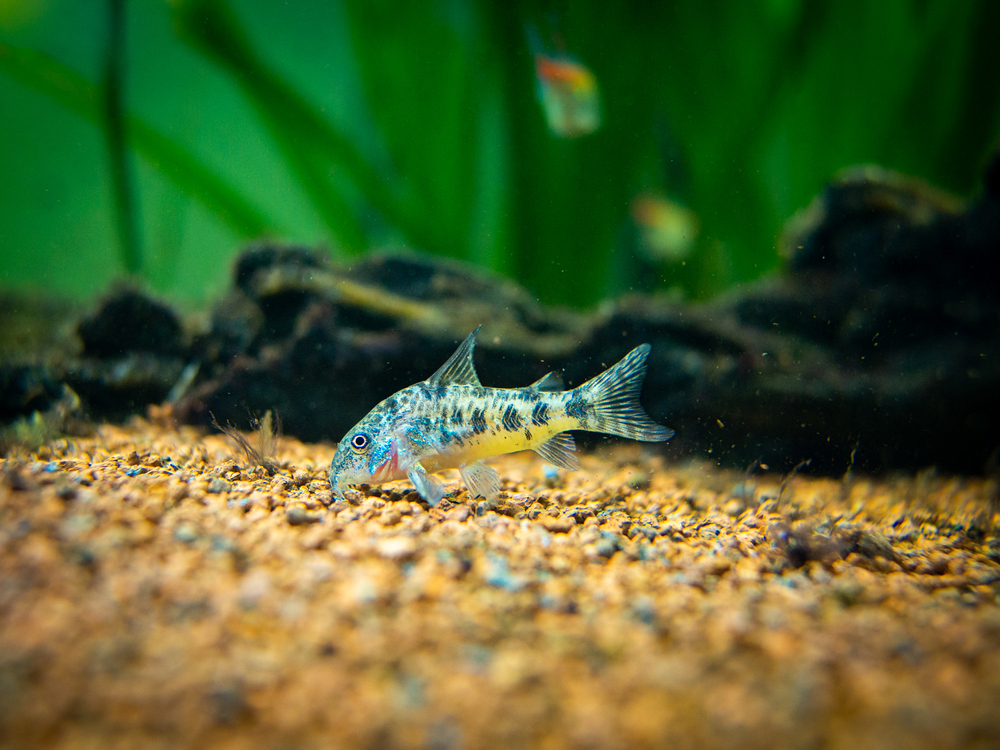
Like most animals, aquarium fish fall into three categories when it comes to the food they eat. Some are herbivores (preferring to eat plant-based proteins), some are carnivores (preferring meat-based proteins), and others are omnivores (happy to eat plants or meat).
Herbivores Forage All Day
In the wild, herbivores forage off and on all day, eating a little at a time because they don't have an actual stomach. Instead, they have an extra-long intestine designed to break down plant material and specially shaped teeth to help them scrape algae off rocks. This is why you may want to keep some live plants in your aquarium. Your fish may not only swim and play among the leaves, but they might want to nibble on them too.
Examples of fish that prefer vegetarian meals include silver dollars, mollies, and twig catfish.
Look for flakes or algae-based pellets designed for their plant-based diets. If you have freshwater shrimp, they'll want herbivore food that sinks to the bottom, where they spend most of their time. The same goes for bottom feeders like some species of catfish, which prefer algae-rich sinking food.
You can even mix in some fresh vegetables from time to time, like skinned peas, small slices of raw zucchini, or fresh spinach (without stems).
Carnivores Like Small Prey
Carnivorous aquarium fish tend to have large stomachs, so they can eat more food at once than their herbivore counterparts (and they can go longer between meals). They may occasionally eat plants but don't really get many nutrients from them. Look for protein-rich food designed especially for carnivores.
Smaller carnivores that live in aquariums, like betta fish, enjoy eating insects and invertebrates in the wild rather than other fish. That's why you might want to consider protein-rich flakes or pellets that are 100% fish-free.
Carnivorous fish like betta also love hunting. They prefer hunting tiny prey, like mosquito larvae, brine shrimp, or bloodworms. Mix in some live food from time to time, and they'll be loving their aquarium habitat.
Omnivores Eat Everything
Omnivores will eat both plant-based and meat-based proteins. Discus, for example, enjoy eating plant material but also forage for worms or small crustaceans at the bottom of the tank. Every now and then, give omnivores like discus a little frozen or live food for an extra special treat — especially if you want them to spawn. Omnivores appreciate it if their diet is rotated so they have variety.
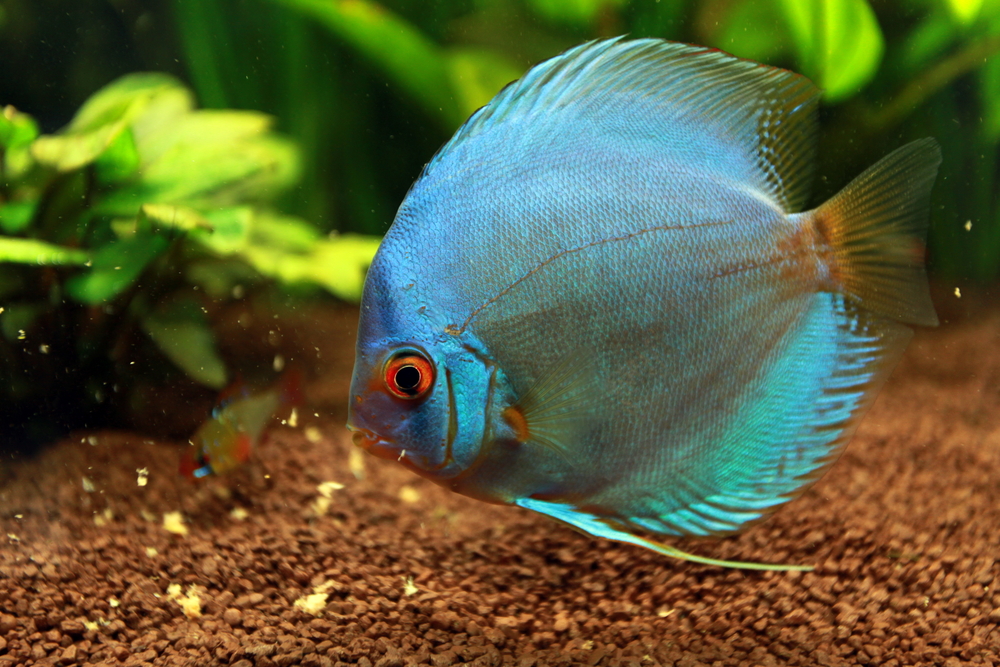
Alternate the Types of Protein You Feed
If you keep a mix of herbivores and carnivores, you need to alternate your protein types so everyone gets what they prefer. Many fish that aren't herbivores still enjoy plant proteins. Catfish, for example, need a lot of vegetables in their diet, and even goldfish and guppies enjoy some veggies.
Make sure you also take their sizes into account when feeding. Tiny neon tetras can't eat large pellets, and larger fish may not want tiny flakes. Your ground-dwelling fish may also prefer sinking pellets to food that floats at the surface.
Give Your Fish Protein-Rich Treats
Whether your fish are picky carnivores or hungry omnivores, they'll all enjoy a little variety from time to time. That's why it's important to have a high-protein, tasty treat on hand to mix things up.
Aqueon Stick'ems are soft, freeze-dried treats rich in both protein and taste. They contain a nutritious mix of brine and Mysis shrimp that tempt even the pickiest fish. These new fish treats are available online and on your favorite pet store shelves and come in three varieties.
- Stick'ems™ Freeze-Dried Picky Eater Treat
- Stick'ems™ Freeze-Dried High Protein Treat
- Stick'ems™ Freeze-Dried Color Boosting Treat
Stick'ems are fun for both you and your pet fish. You can stick them to the side of the aquarium glass and watch your fish up close as they dine, allowing you to be part of the feeding experience. This gives you a more personal look at your fish's mealtime habits than ever before. You can watch them nibble happily on the treat up close, capture the closeness of the fish in some fun pics, and see all their antics as they dine on your special treats, making feeding time more interactive.
Although all fish need protein, the type of protein needed varies from fish to fish. That's why it's important to understand the unique needs of each of your finned pets. But no matter what type of fish you have, they can all benefit from tasty protein treats mixed with their regular feedings.

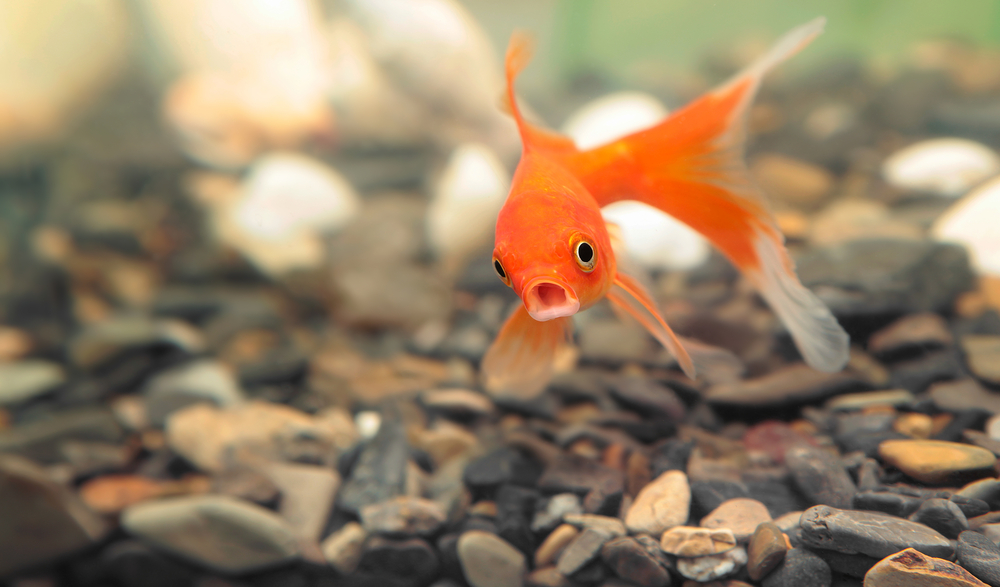
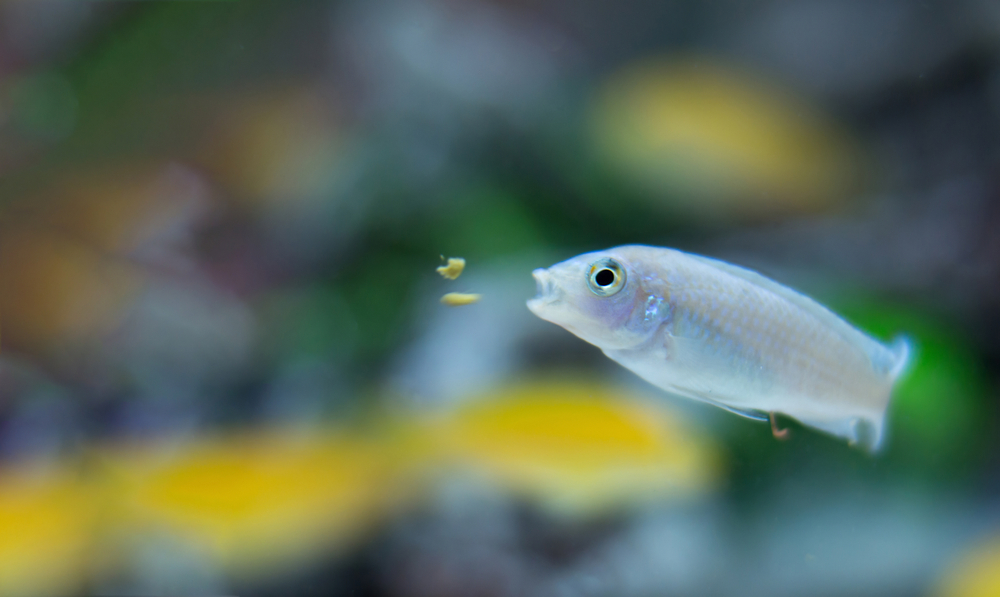
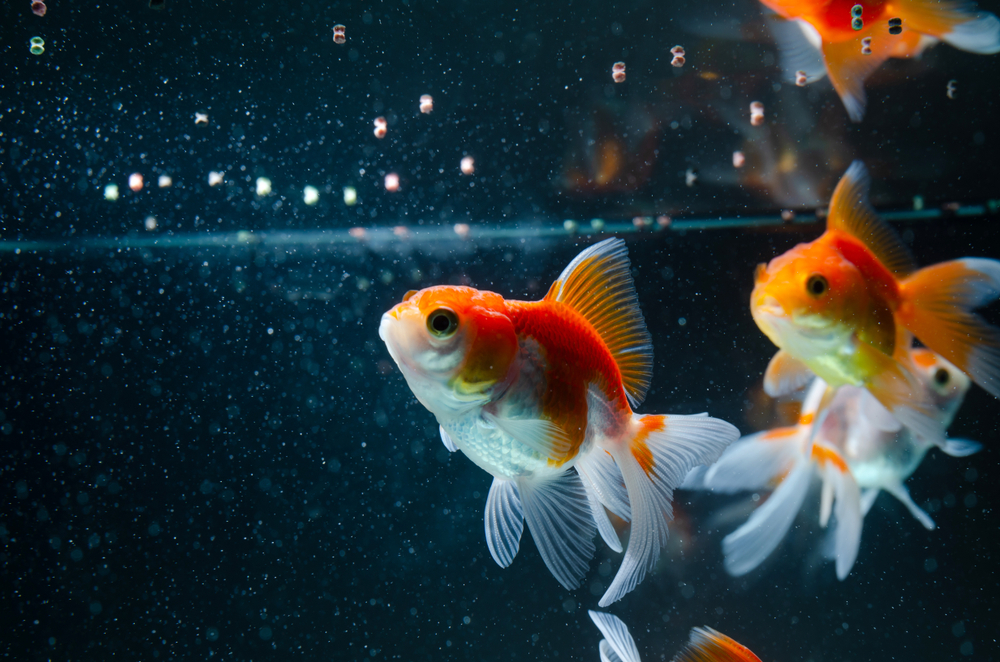
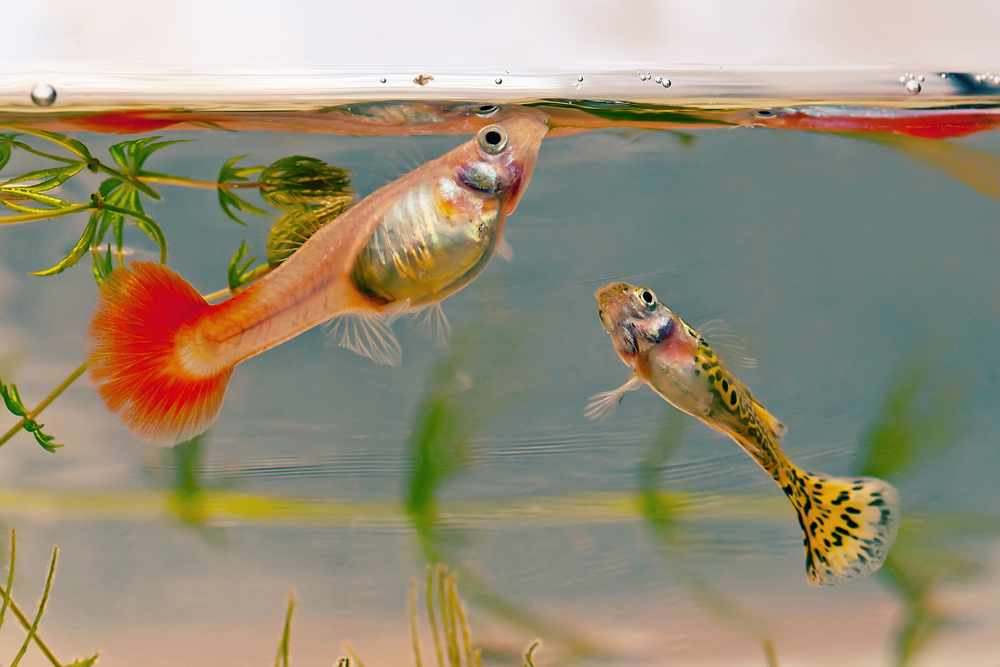
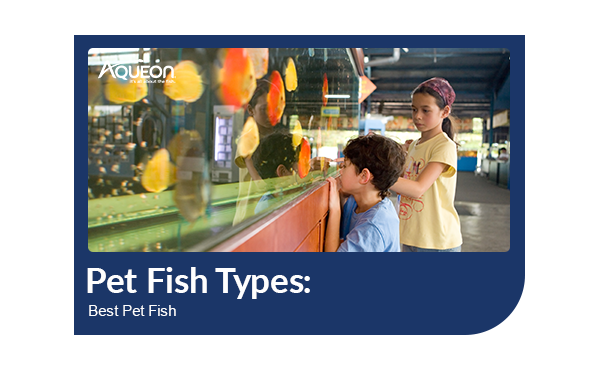

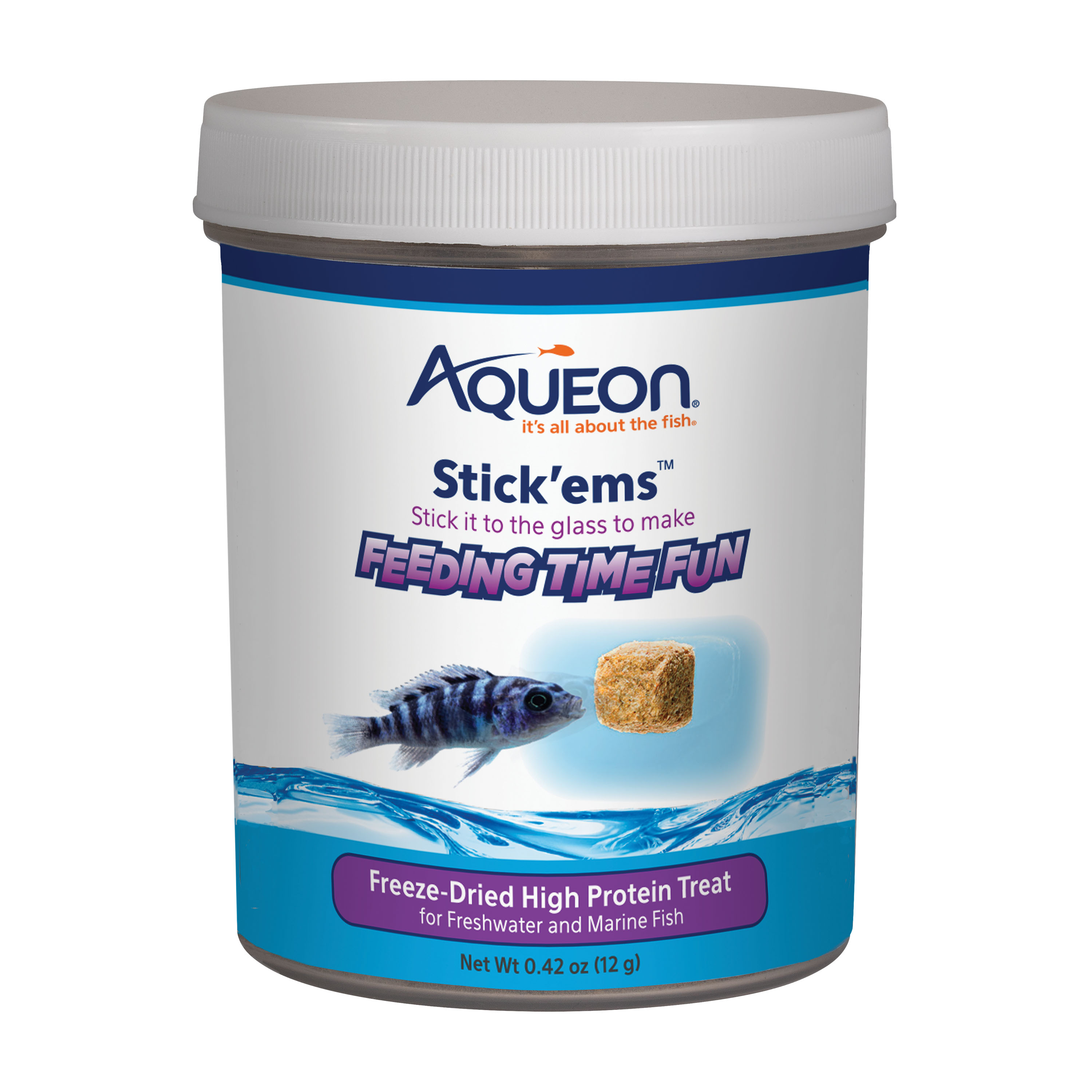
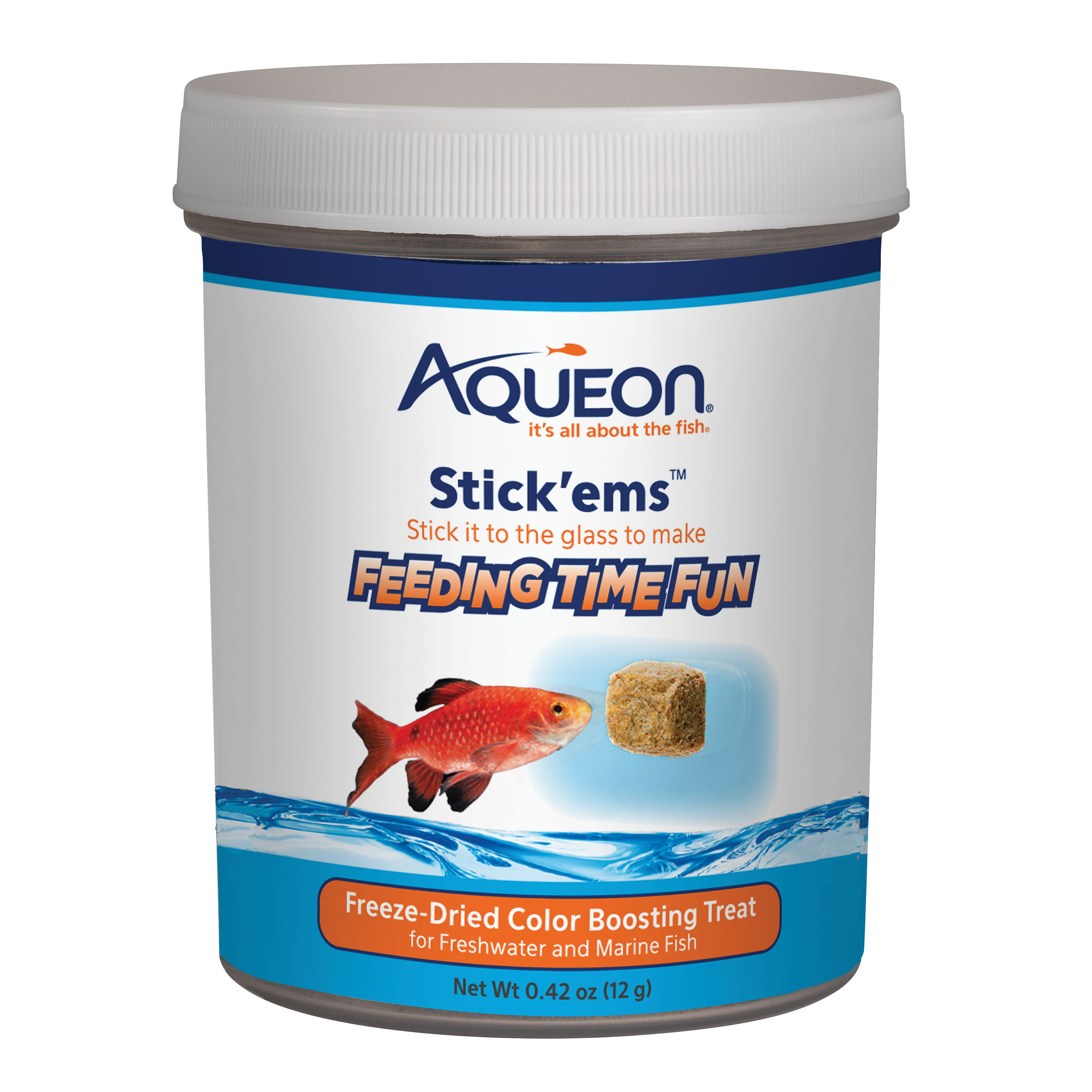
.jpg?h=3000&iar=0&w=3000&hash=4E1F350014AFB7B6C920852ED4EB264C)
